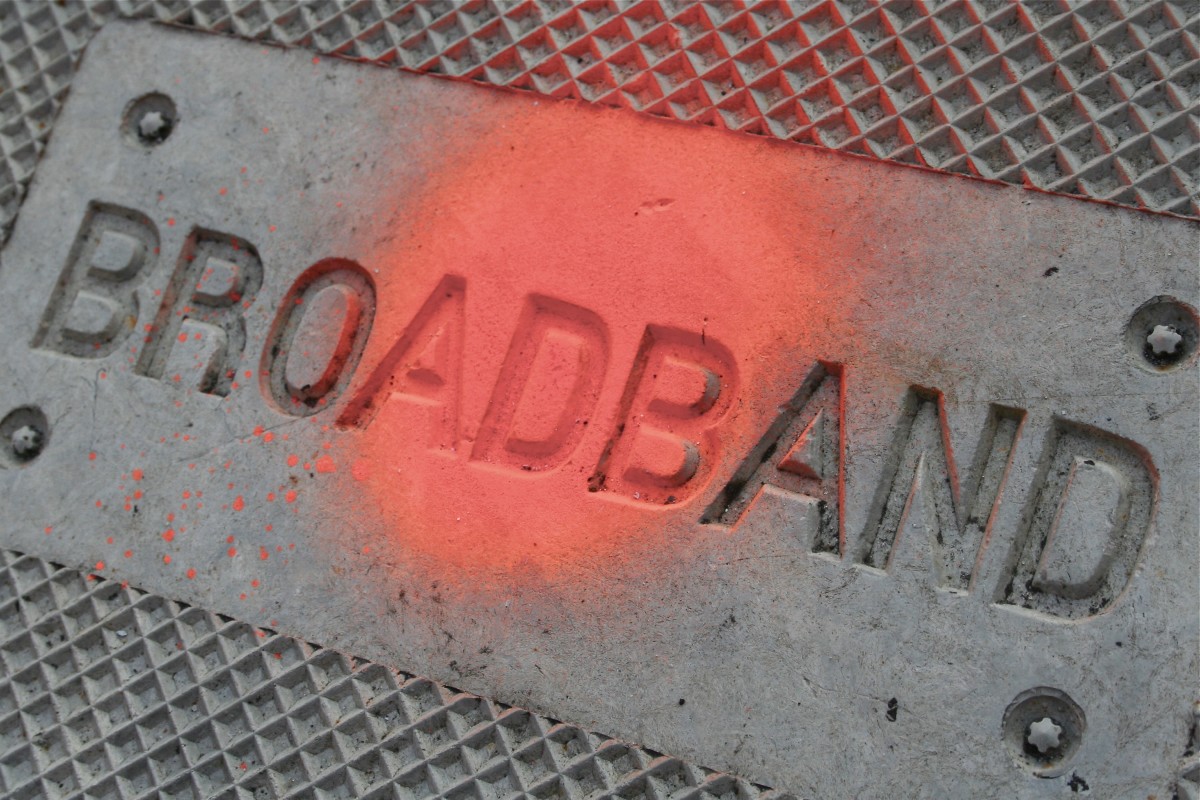The Infrastructure Investment and Jobs Act (IIJA) was passed earlier this month after a push from President Joe Biden, opening up $1 trillion in spending. Of those funds, $65 billion is going to broadband infrastructure, with the goal of connecting every American to reliable, high-speed internet, officials have said.
Bridging the digital divide that leaves one in four households in Maryland without home internet access has been a major focus of since the start of the pandemic in 2020, when countries across the world quarantined and life became primarily digital. Schools pivoted to virtual learning, work is now remote and telehealth is increasingly becoming a primary method to maintain well-being. It all means internet access is now an essential part of life to function in this increasingly digital world.
The infrastructure bill, like the American Rescue Plan Act passed before it earlier this year, is seen by many stakeholders working on broadband access as presenting an opportunity to fill the gaps in digital connectivity and create equity. With a big investment, they believe it can effect lasting change. But the bill only just passed, and it’s still very up in the air as to how the billions towards broadband will be allocated.
“It will ultimately depend on the guidance that the [US] Commerce Department and specifically the National Telecommunications and Information Association (NTIA) needs to develop,” said Jason Hardebeck, director of the Baltimore City Mayor’s Office of Broadband and Digital Equity, which recently received a $35 million investment for internet infrastructure from the City’s allocation of the American Rescue Plan, which passed in March. “There is language about bringing low cost service to affordable housing residents and some similar ideas, but it’s not clear where that will fit in the hierarchy of needs yet. There’s just no way of knowing how much or even if Baltimore will be eligible for some of the $42.5B in infrastructure funding. The remainder of the $65B includes $14B for affordability as a replacement for Emergency Broadband Benefit, so Baltimore residents could be eligible for that, and $1.3B for the Digital Equity Act, which hopefully will result in some grants could flow to Baltimore for digital equity initiatives.”
Here’s a breakdown of key digital equity and broadband infrastructure language in the bill, according to the Beyond Telecom Law Blog:
- “Broadband Equity, Access and Deployment Program” ($42 billion): This would include grants for states that could be awarded for broadband infrastructure, mapping and adoption projects.
- “Enabling Middle Mile Broadband Infrastructure” ($1 billion): This would make grants available for “construction, improvement or acquisition of middle mile infrastructure.”
- “Digital Equity Act of 2021” ($1.3 billion): This funds digital equity planning and sets up a grant program for public sector and nonprofit orgs.
- “Broadband Affordability” [$14 billion]: The bill includes several initiatives relating to affordable broadband, including extending the Emergency Broadband Benefit program and renaming it the Affordable Connectivity Program. It would also require a consumer broadband label and require the Federal Communications Commission to adopt rules within two years to address digital discrimination.
It comes amid a period of unprecendented investment in broadband infrastructure. With previous aid, the state has invested a total of $400 million. Samantha Musgrave, CEO of Project Waves, sees the funds from IIJA and the American Rescue Plan Act as an opportunity to eliminate the digital divide over the next decade. The leader of the org, which provides free internet to Baltimore residents, feels investment need to be made towards identifying digital connectivity gaps and building partnerships with organizations like the tech education nonprofit Digital Harbor Foundation and the Baltimore Digital Equity Coalition.
“First, Baltimore’s growing commitment to open data must include methods to identify and report on disconnectivity rates in our communities. Unless we understand the scope of the problem, where it exists, and why, effectively addressing the contributing factors will remain daunting,” said Musgrave. “Second, the City must recognize the viability and importance of public-private partnerships as a means of leveraging existing expertise and resources needed to accomplish its goals… Finally, I hope Baltimore sees the potential it has to grow the impact of existing work. However the city chooses to invest these historic funds must also acknowledge the work that has been done to date as creating the foundation for this moment.”
Jim Conner, CEO of new ISP to the city Bridgemaxx, said more concern should be put toward education, as well.
“I would say that after some time getting to know the Baltimore market the problem is not lack of access. It’s lack of the fundamentals of life that haven’t been met to a point where you can even be interested in a broadband connection or have enough expendable income to own a decent computer and then invest in a connection,” said Conner.”The money should be put to schools and training centers in down trodden areas. Government money is always nice but seems to be best spent in areas that do not have access to any connection [such as rural areas]. Build new wireless and fiber networks in areas that don’t have that kind of infrastructure in place and put the funds available for cities towards training [such as] education. With all the money being thrown around there should not be one single run-down school without air conditioning…Create an environment where the market is seeking out new and better broadband providers and they will come. And we certainly don’t need more internet regulation or net neutrality. Focus on what the ‘real’ problems are.”
At the end of the day, like all the stakeholders asked about the new infrastructure bill, Hardebeck is cautiously optimistic that it could result in some good for the City of Baltimore.
“Bottom line,” said Hardebeck, “I’m cautiously optimistic that Baltimore could see meaningful funding from the IIJA to support a number of digital equity initiatives by both the City and the nonprofit sector. Time will tell.”







